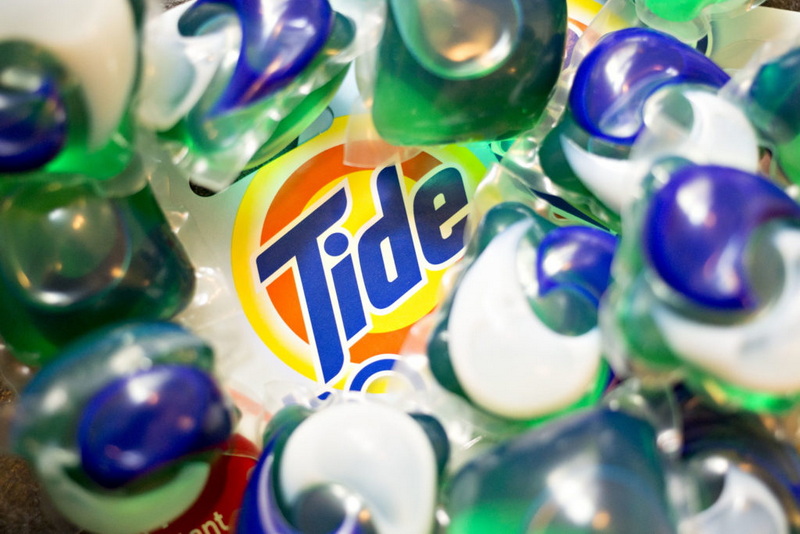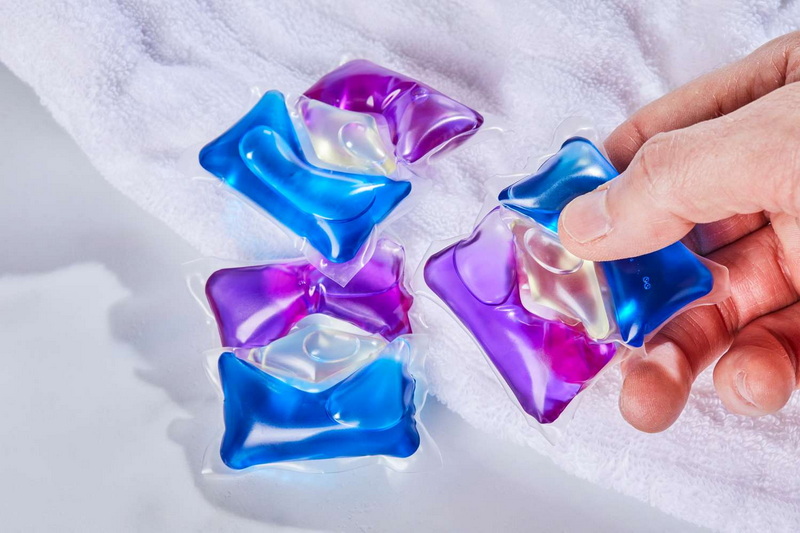Dongguan UFine Daily Chemical Co.,Ltd.
- All
- Product Name
- Product Keyword
- Product Model
- Product Summary
- Product Description
- Multi Field Search
Views: 222 Author: Tomorrow Publish Time: 11-23-2025 Origin: Site











Content Menu
● Chemical Composition and Mechanism of Harm
● Respiratory and Neurological Impact
● Current Trends and Prevention
● FAQ
>> 1. What happens if someone eats a laundry pod?
>> 2. Why are laundry pods more dangerous than regular detergent?
>> 3. Are children more at risk from laundry pods?
>> 4. What should you do if someone swallows a laundry pod?
>> 5. How can laundry pod ingestion be prevented?
Laundry detergent pods, designed for convenient laundry use, represent a significant health hazard if ingested. Their colorful, candy-like appearance can be misleading, especially for young children, increasing the risk of accidental consumption. These pods contain highly concentrated and chemically active ingredients that are toxic to humans, causing a range of adverse health effects.

Laundry pods consist of a water-soluble film encasing concentrated detergent, including substances such as ethanol, hydrogen peroxide, surfactants, and other cleaning agents. When chewed or swallowed, the film dissolves quickly, releasing these concentrated chemicals directly into the mouth and digestive tract. The caustic nature of these substances causes chemical burns and irritation to the mucous membranes in the mouth, throat, esophagus, and stomach lining.[1][6]
The most immediate symptoms of ingestion are nausea, intense vomiting, and diarrhea. These effects occur because the chemicals irritate the gastrointestinal (GI) tract. Sometimes, vomiting can be so forceful that it leads to aspiration, where vomit enters the lungs, causing aspiration pneumonia or chemical pneumonitis—a severe lung inflammation. Additionally, ingestion can cause swallowing difficulties due to mucosal burns and ulcers in the throat and esophagus, which may require medical intervention or surgery for repair.[2][1]
Apart from gastrointestinal distress, respiratory symptoms may arise if the person inhales detergent fumes or vomit. These symptoms include coughing, choking, wheezing, and breathing difficulties that can escalate to respiratory distress or arrest, sometimes necessitating mechanical ventilation. Neurologically, toxic exposure can lead to drowsiness, lethargy, seizures, or even coma due to systemic absorption of harmful chemicals.[4][5][1][2]
In addition to ingestion, laundry pods pose risks through skin and eye contact. The detergent's concentrated chemicals can cause severe irritation, resulting in rashes, blisters, chemical burns, or conjunctivitis. The face, hands, and fingers are commonly affected by skin exposure, while ocular injuries may include corneal abrasions, which can delay healing and cause long-term damage if untreated.[6]

Children under the age of five are the most vulnerable group for accidental ingestion or exposure, accounting for the vast majority of reported cases. Their tendency to explore objects orally and the appealing look of pods increase exposure risk. Poison control centers frequently report that pod-related exposures cause more severe outcomes than traditional liquid or powder detergents, often requiring hospital or intensive care treatment.[5][2]
Despite voluntary safety improvements in packaging since 2015 reducing incidents by approximately 30%, laundry pod exposures remain a significant public health concern. Manufacturers have added child-resistant features, but proper storage out of reach and sight of children is essential to prevent accidental ingestion. Education for caregivers on the dangers of laundry pods is equally important.[5][6]
Eating laundry pods results in serious health consequences due to the toxic and corrosive chemicals they contain. The exposure causes caustic burns in the gastrointestinal tract, severe vomiting, respiratory distress, neurological symptoms, and sometimes long-lasting damage or death if untreated. Children are especially at risk, necessitating strict preventive measures like safe storage and public awareness. Immediate medical attention is crucial following ingestion to mitigate harmful outcomes.

Eating a laundry pod causes chemical burns to the mouth, throat, and stomach; intense vomiting; diarrhea; respiratory distress; and possibly seizures or coma.[1][2]
Pods contain highly concentrated detergent sealed in a water-soluble film, which releases a potent dose of chemicals quickly, causing more severe burns and systemic toxicity than diluted detergents.[2][1]
Yes, children under five often accidentally ingest pods due to their bright colors and small size. They experience more severe symptoms than adults and often require hospital care.[2][5]
Get emergency medical help immediately. Do not induce vomiting as this can worsen lung aspiration. Keep the person calm and monitor breathing until medical assistance arrives.[11][5]
Store pods in childproof containers, out of reach and sight of children. Educate family members about the dangers and supervise children closely around household chemicals.[6][5]
[1](https://en.wikipedia.org/wiki/Consumption_of_Tide_Pods)
[2](https://www.cdc.gov/mmwr/preview/mmwrhtml/mm6141a1.htm)
[3](https://www.texaschildrens.org/content/wellness/dangers-consuming-laundry-detergent-pods)
[4](https://health.clevelandclinic.org/laundry-detergent-pod-challenge-risks-to-teens)
[5](https://www.poison.org/articles/laundry-detergent-pods-and-children)
[6](https://pmc.ncbi.nlm.nih.gov/articles/PMC7726599/)
[7](https://www.acmt.net/wp-content/uploads/2022/06/FAQ_Detergent-Pods.pdf)
[8](https://www.nationwidechildrens.org/research/areas-of-research/center-for-injury-research-and-policy/injury-topics/home-safety/laundry-pods)
[9](https://www.reddit.com/r/ZeroWaste/comments/1auz1q0/psa_to_everyone_please_dont_use_laundry_sheets_or/)
[10](https://www.outsideonline.com/outdoor-adventure/environment/sustainable-laundry-detergent/)
[11](https://www.ufinechem.com/don-t-eat-laundry-pods.html)